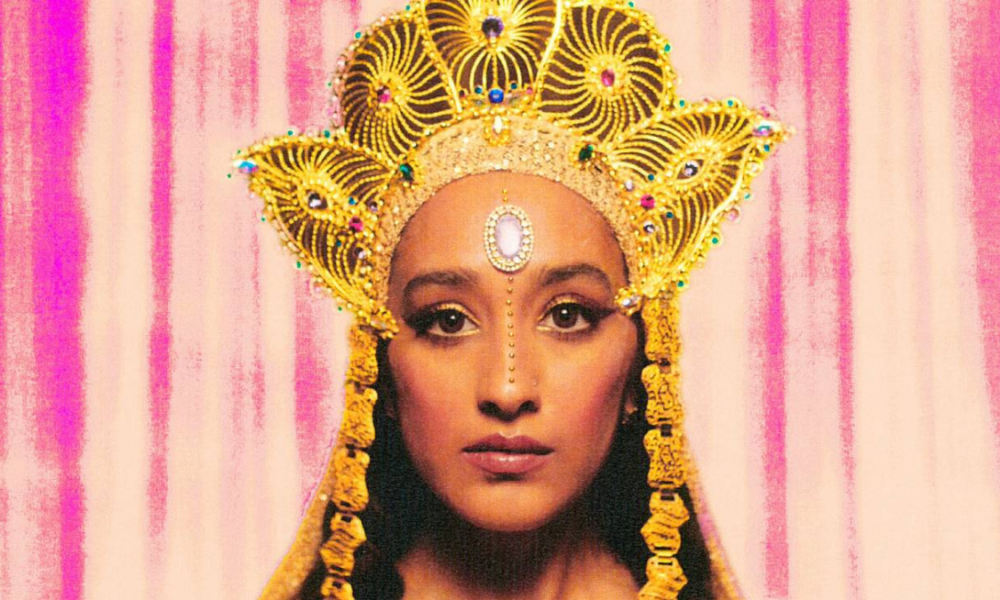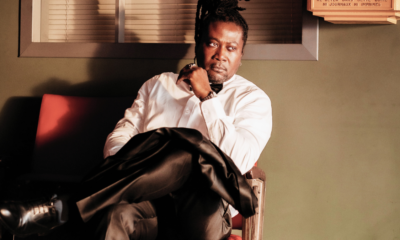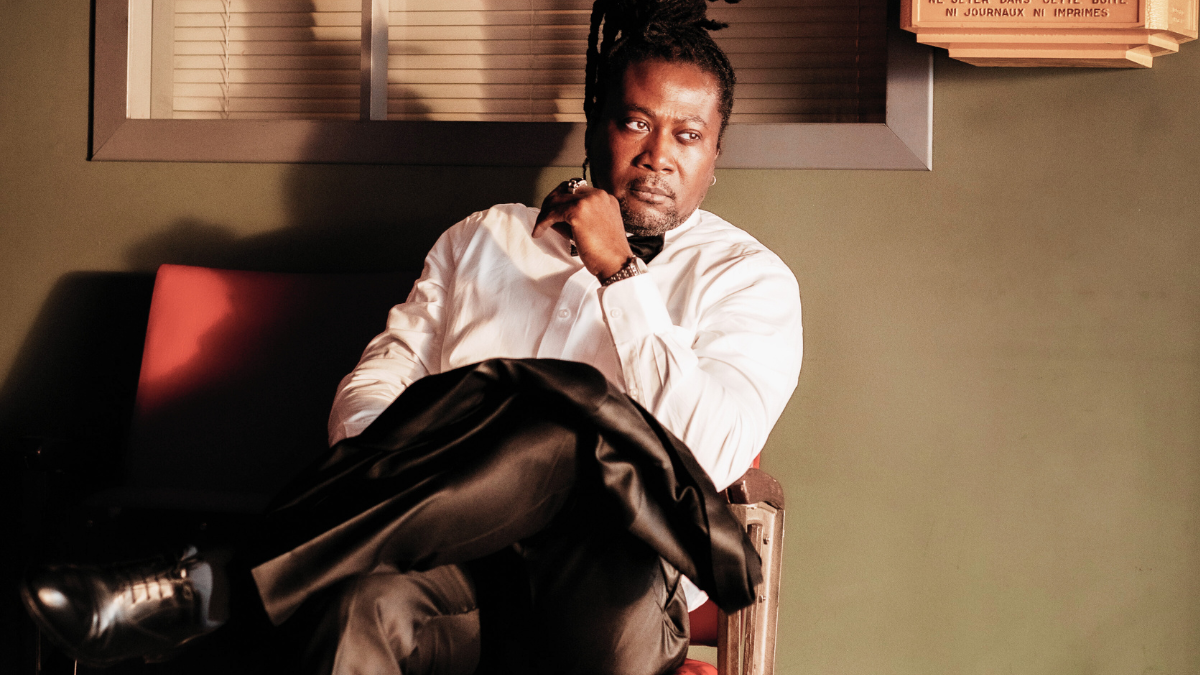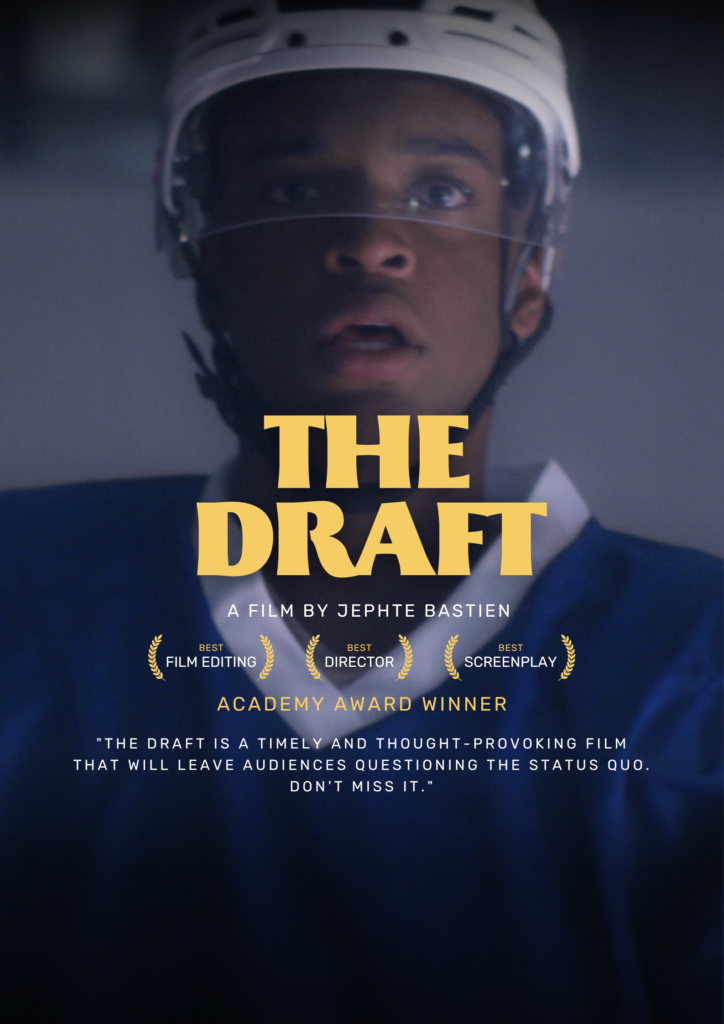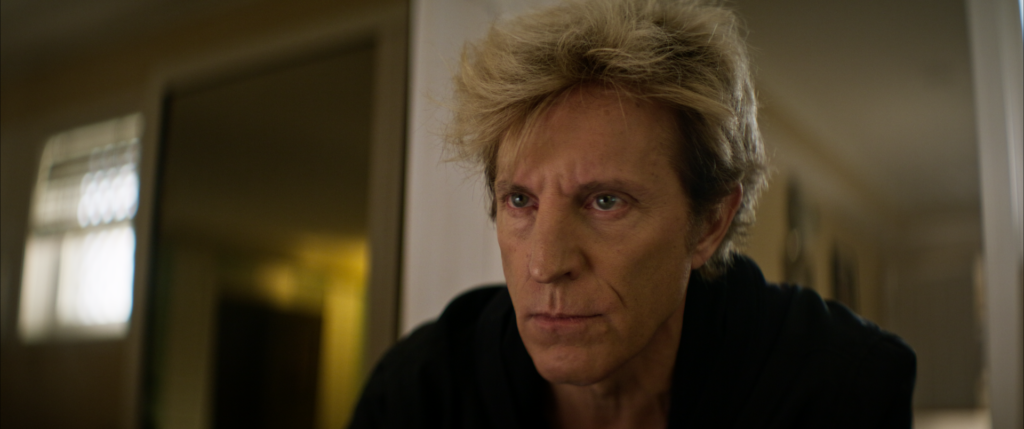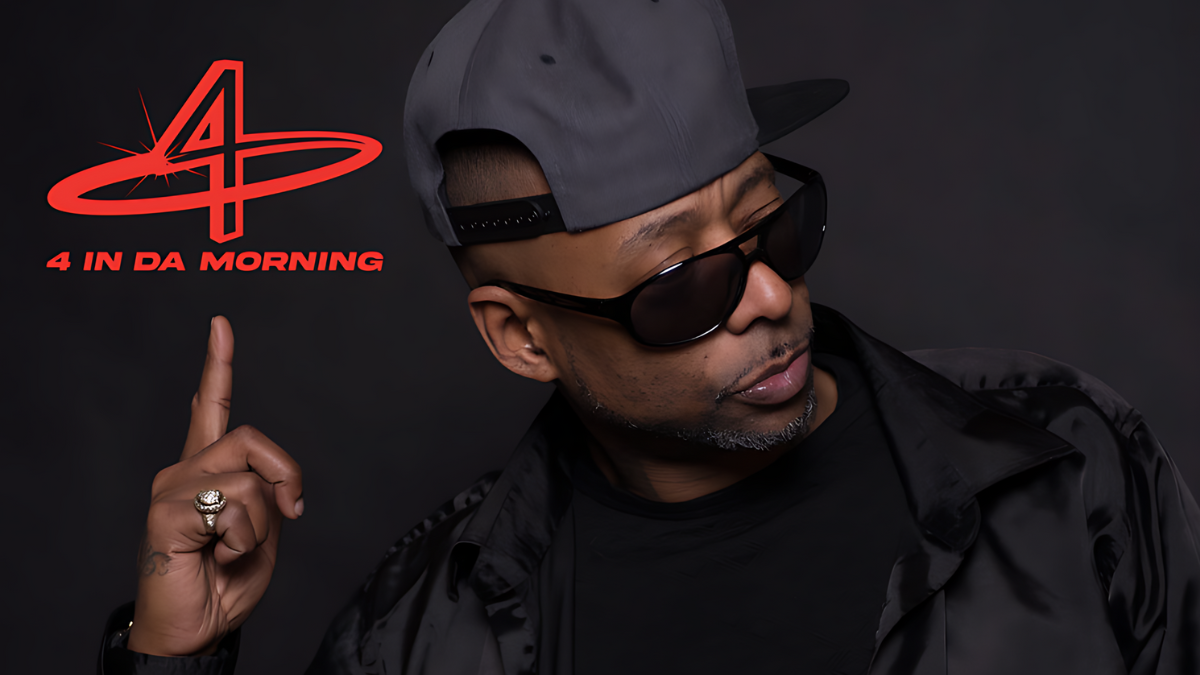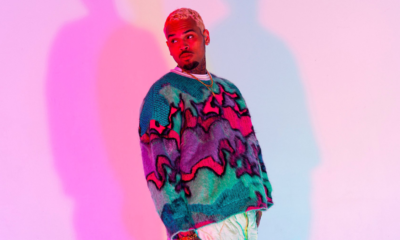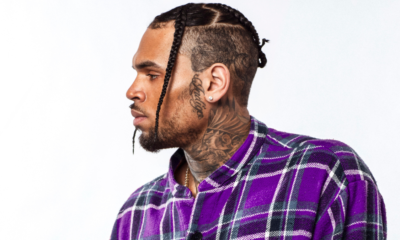On ‘Asha’s Awakening,’ Raveena Aurora melds modern R&B with a deep dive into her heritage: “I wanted to create an image that was authentic to the history of South Asian music with a new sound for Western music”MALIK PEAY|GRAMMYS/APR 18, 2022 – 09:31 AM
Spirituality, sprightly compassion and a reverence for her South Asian heritage permeate the euphony of Asha’s Awakening. While Asha, a fictional space goddess, experiences a coming-of-age infused with ambient sounds and multicultural instruments, her Awakening is the brainchild of Raveena.
Popularly known for her soothing R&B and soul ballads, Asha’s Awakening was less of a genre changeover and more an exhibit of self-discovery. Raveena studied her Indian heritage, sifting through Bollywood tentpoles of the 1970s and sourcing traditional music, receiving support from her family who wrote and translated Hindi lyrics. On her sophomore album, the honeyed singer melded lyrics oozing with pathos into a newfound, upbeat version of her artistic self.
After three years of re-focusing, re-imagining, and returning to countless examples of South Asian folklore, art and history, the balladeer contrived a modern-day assortment of songs that relate to hundreds of years of Indian theology and culture. With placements of Indian instruments throughout the album, Asha’s Awakening features an electric sitar, the Bansuri flute, the kanjira, the swarmandal, and the tabla. She also collaborated with Asha Puthli — a trailblazing and influential Indian experimental soul artist who converged her colorful heritage with the musical barebones of jazz.
“I’ve never done such a deep dive into South Asian music before,” Raveena, 27, tells GRAMMY.com over Zoom between tour rehearsals ahead of her biggest performance yet: Coachella 2022. “I wanted to create an image that was authentic to the history of South Asian music with a new sound for Western music.”
The 15-track album is a resplendent dreamscape designed to be enjoyed in two different components. One half of the album compiles softer songs of self-reconciliation and devotion, such as “Endless Summer”; hip-pulsating songs like “Rush” and “Secret” lend their rhythmic tempos to the energetic nature of the mystical interstellar world Raveena created. Asha’s Awakening lives at the center of this duality — a musical tribute to the pantheon of her Indian spirituality and a blossoming love for herself and the world.
Raveena Aurora’s national tour began at Coachella on April 15, ending in her home base of Los Angeles on May 28th. GRAMMY.com spoke to Raveena about her reawakening and being inspired by her Indian ancestry on her latest album.
How does the creation of Asha’s Awakening unveil another layer of who you are as an artist?
It unveils so many sides to me that are new to audiences, but that have always been there. It unveils a side that is more energetic and expressive. My past work was about healing and about self-soothing. This body of work was about stepping into joy. So, energetically, it’s really different.
Why was the character of “Asha,” and imagining yourself in another world, critical to the artistry of your latest album?
I think playing the character of Asha in this album allowed me to have the confidence to take such a big leap in my artistry.
With the character, it felt like I could have more freedom of expression to open up even more sides of me. The music is so varied in genre and feeling, I wanted to have a backstory that was so epic and as varied and fulfilling as our music was.
What were the intentions behind your song arrangements and what sonic effect did you want them to have?
The album was cut into two halves very intentionally; it’s so cool that you caught that. I love cohesion. I love worldbuilding. So…I wanted all the upbeat songs to live in their own pocket and kind of tell their own story, and then have the kind of softer, more introspective songs also live on their own side so that you could kind of split the album in two.
The two parts parallel this character’s journey. The overall message is that the character learns that life is chaotic and it’s full of ups and downs. Then, you find peace in being human and accepting that instead of, like, trying to search for this all-knowing peace.
**When creating Asha’s Awakening, did you feel an artistic necessity to unplug and change your relationship and perspective of the digital world?**
When I was making Asha, I actually took two to three months off where I was just on a flip phone and I think I was definitely feeling the sophomore album pressure [and] getting caught up in the comparison cycle of the internet.
I wanted to just cut all that out and just focus on this beautiful universe that I was building, and really celebrate it instead of worrying too much about how it was perceived or how it measured up to other things.
**Where were you sourcing most of your inspiration for Asha’s Awakening?**
We did such a deep dive into both Indian instrumentation and.. [instrumentation] within South Asia. We studied … probably like 1,000 Bollywood soundtracks from the ‘50s to the early 2000s. Really looking at all the ways that Bollywood was crafting their music with their native instruments, and then also the ways that they were inspired specifically by Black music genres like rock, soul and R&B. There was so much crossover of that happening. I also looked at what was happening in the west within the ‘60s and ‘70s, with Alice Coltrane, Miles Davis, and all these jazz and soul artists kind of embracing Indian sounds.
The thesis of this research was to really pay homage to all these pockets of when the East was bleeding with the West. Because as a South Asian artist, it’s been hard for me to find many examples in contemporary art of where I fit into the Western world of music. But when I did all that history, deep diving, it made me realize actually how much collaboration and how much exchange there has been over many years.
What was the physical preparation like for executing the music videos that go along with this album and your soon-to-be tour?
The music videos took so long. They were probably the longest pre-production we’ve ever spent on a music video. Most of the ideas were conceived two years before and we drew out concept art for all of the music videos.
I also trained in Bollywood dance for two years, just specifically for those videos, and then aerial for five months. So it was a big undertaking. And then directing it was a big undertaking for me as well. A lot of planning was involved to really make sure that everything was in place so that when we shot over two days, we just checked off all the boxes and could get everything we needed.
What performance sequence hints do you look forward to exhibiting most on your North America tour, which starts at Coachella?
I’m really, really excited to play “Secret.” Of course. I’m really excited for some of the funkier tracks: “Kismet” and “Kathy Left 4 Kathmandu.”
**How did your matriarchy react to the initial sounds of Asha’s Awakening?**
The first song that I ever showed them was “Rush,” and the first time I played that song, they were like, This is what you need to do. You need to do fast songs and you need to incorporate more of the Bollywood influence. They were all just so embracing of it. Some of my family members helped me translate a lot of the Indian lyrics as well. My aunt wrote the lyrics for that Hindi part at the end of “Magic.”
What are the most beautiful and dearest facets of your Indian heritage that you will continue sharing with the world?
Spirituality is so inherent in everything I do and who I am. I think that Indian spirituality, especially, has been so commodified and so misunderstood, and reduced, over the years. So, it’s really important for me to share in a way that feels very authentic and true to just where I come from and what I grew up around. To show that someone can be spiritual and very multifaceted as well as this sensual, excited, and artistic being.
**Finally, in reference to your debut album, Lucid, if you were able to lucid dream on command, what would your dream alternate reality look like for you?**
I was playing “Super Smash Bros.” the other day, and there’s a world called Fountain of Dreams. That is what I imagine my dreams would look like if I had control of them. I just started playing the game a couple of weeks ago and I am obsessed with it.


 Business3 years ago
Business3 years ago
 Business2 years ago
Business2 years ago
 Business2 years ago
Business2 years ago
 Business3 years ago
Business3 years ago
 Business3 years ago
Business3 years ago
 Business3 years ago
Business3 years ago
 Business3 years ago
Business3 years ago
 Business3 years ago
Business3 years ago
